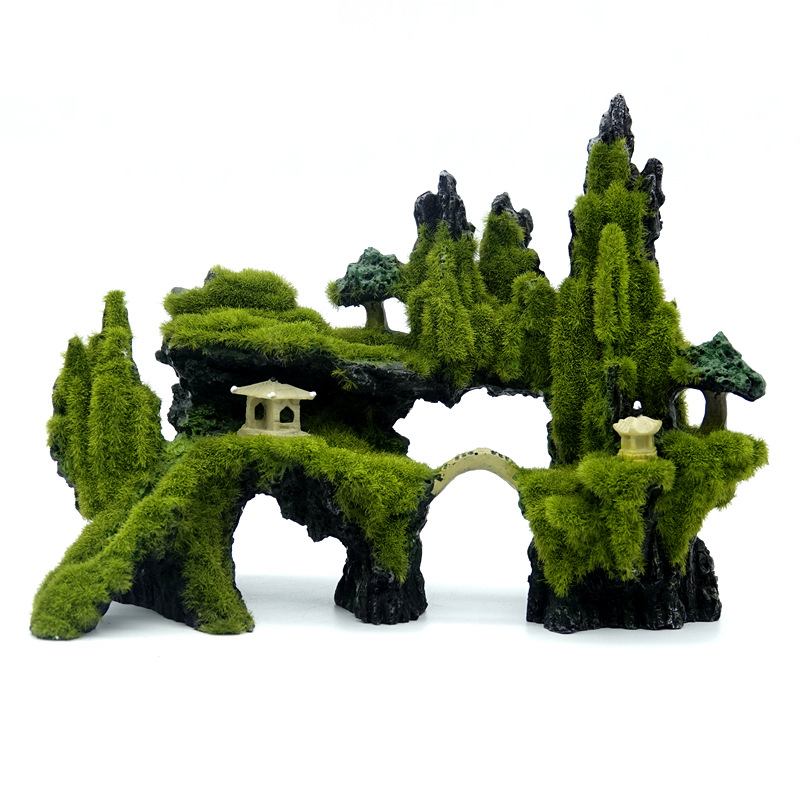stone mountain carving carry various important features such as cultural customs and characteristics of the city, and play a key and important role in the city both in terms of artistic expression and value expression.

(1) Expression methods of stone mountain carving
Some stone mountain carving have relatively detailed images that people can intuitively recognize, and their shapes are similar to practical scenes in social life. Stone sculptors use
stone carving art to artistically express ideal things. Their techniques are similar to those of painting, using principles such as perspective and synthesis. Other stone mountain carving are more general. The artist extracts the core elements of the thing to be expressed, and uses techniques such as imagination, separation, separation, and allegory to create new works of art to express new meanings. The different expression methods of concrete and abstract will definitely affect the creation of stone mountain sculptures.
(2) The environment and space for stone mountain carving creation
Any artistic expression requires a certain amount of space to carry it, and the same is true for stone mountain carving. On the earth where we live, the basic expression of matter is its spatial form, which is expressed by length, width, and height. There are two ways of understanding space: one is the detailed and objective size, and we can simply distinguish its size, shape, etc. through vision; the other is the space in people's understanding, which is the illusion of space in people's minds. Space, the space that artists make people feel through artistic means - psychological space.
Stone sculptors create in a specific space, and their works are affected by the objective physical space (such as size, shape). After the
stone sculpture is completed, it forms a unified whole with the surrounding environment, which will bring a sense of wonder to the people inside it. Psychological space feeling, so stone sculpture and the physical space they are in support and complement each other, forming a stone sculpture landscape.



